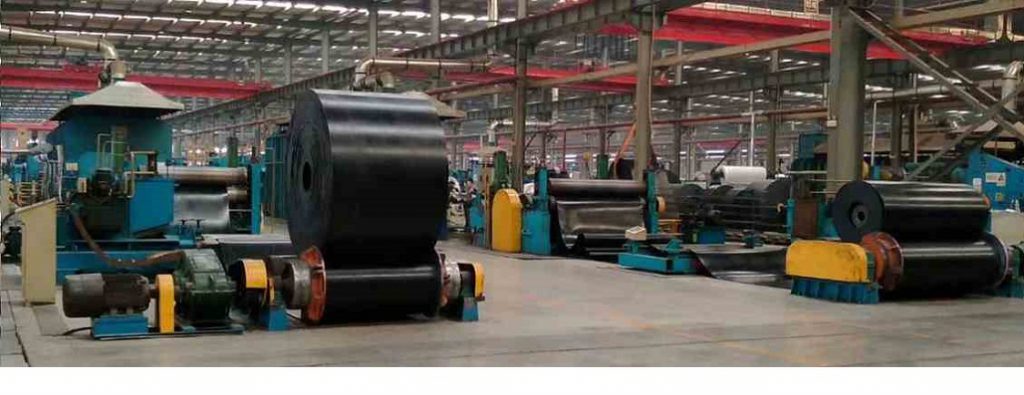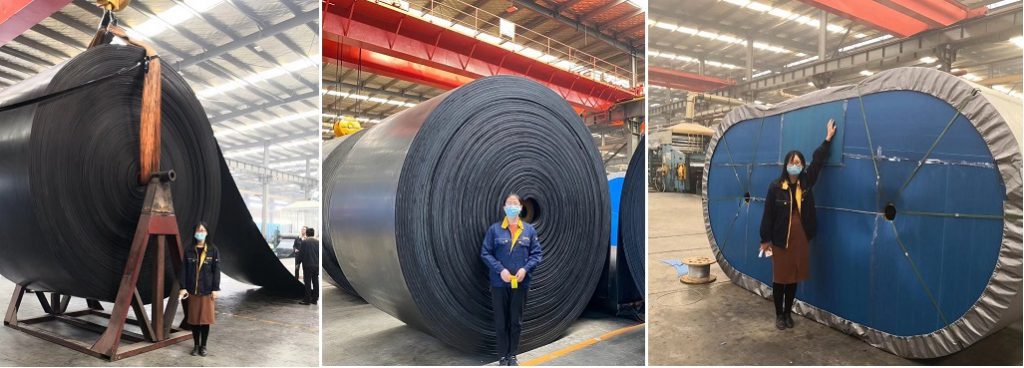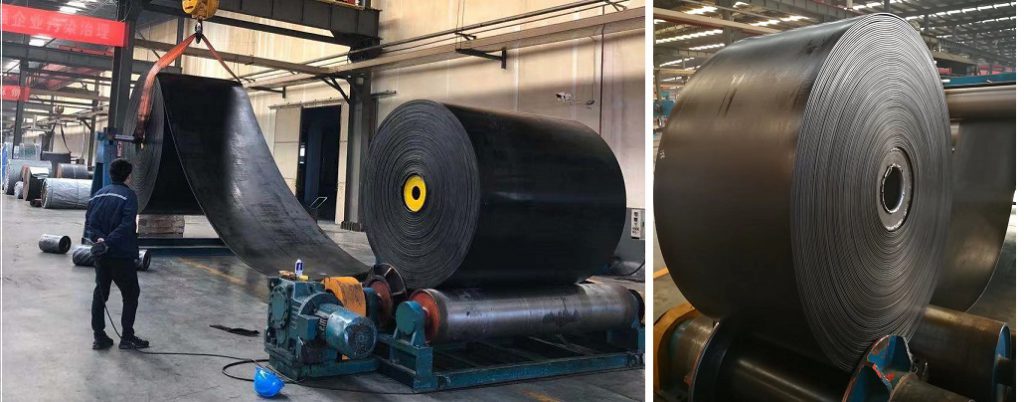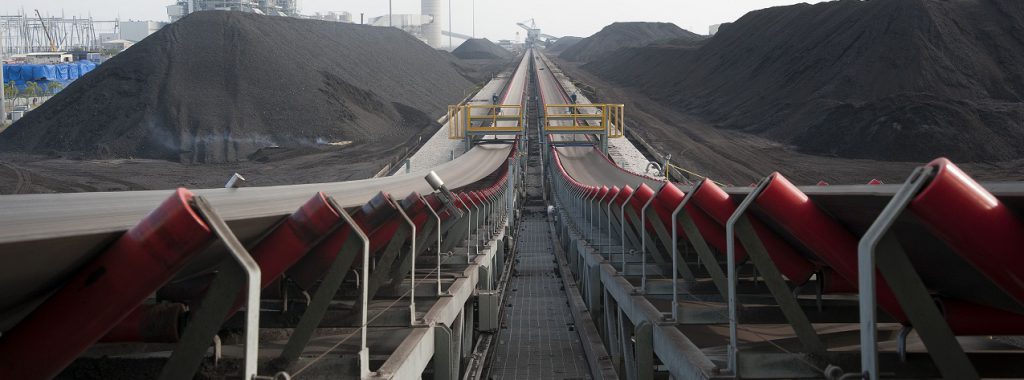What are the advantage of polyester fabric (EP)rubber conveyor belt-SUNGDA Conveyor Belt

The polyester (EP) rubber conveyor belt is widely used in the bulk material industry. The structure of the polyester rubber belt is comprehensively processed by a multi-layer polyester, that is, EP (or polyester in the warp direction and polyesteramine in the weft direction) according to scientific methods. It is scientifically developed with high-strength and high-strength wear-resistant rubber. So what are the characteristics of this polyester rubber conveyor belt?
1. EP conveyor belt has many characteristics such as good elasticity, impact resistance and tear resistance, which can meet the requirements of various complex environments;
2. The EP conveyor belt has a small fixed load elongation. The use of a small elongation polyester canvas conveyor belt has a fixed load elongation performance that is better than other common specifications of fabric core conveyor belts. It can greatly reduce the running stroke during use and is effective. To reduce the overall equipment cost is extremely advantageous for long-distance material transportation.
3. The EP conveyor belt has stronger water resistance. When it is used in a humid and cold environment, the adhesion of the rubber’s comprehensive strength will not be affected in any way, it will still work normally, and it will last longer in the service life;
4. The acid resistance, alkali resistance and heat resistance of EP conveyor belts are excellent. From a long-term perspective, it is more economical to choose ep conveyor belts;
5. The EP conveyor belt has few layers, thin belt body, light weight, strong plasticity during use, etc. It not only improves the conveying capacity but also reduces the power consumption rate of the equipment, and optimizes the transportation radius. Requirements for reducing energy and increasing efficiency;
6. The tensile strength of the cover layer of the EP conveyor belt is higher than 15 MPa, the load elongation is higher than 450 %, and the friction loss is lower than 150mm3;
7. The adhesive strength between the EP strong cloth layers The average value of the longitudinal sample between the cloth layers is greater than or equal to 4.5 N /mm, and the adhesion rate between the covered rubber surface and the cloth layer is greater than 4 N /mm;
8. The overall longitudinal thickness tear change rate of the EP conveyor belt and the full thickness longitudinal reference force elongation have reached international standards.
SUNGDA Conveyor Belt Workshop:






Tags: Ep conveyor belt specification,EP rubber conveyor belt,mining conveyor belt,polyester conveyor belt,Rubber conveyor belt,steel mill





